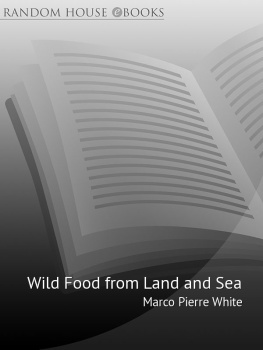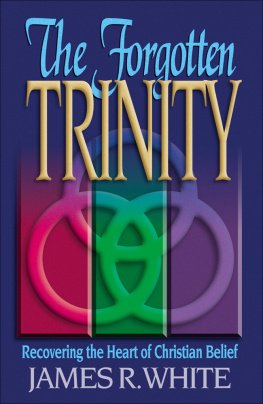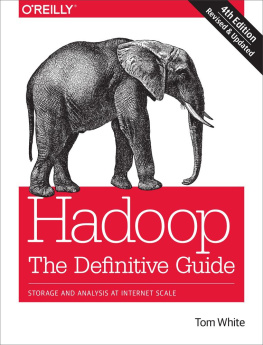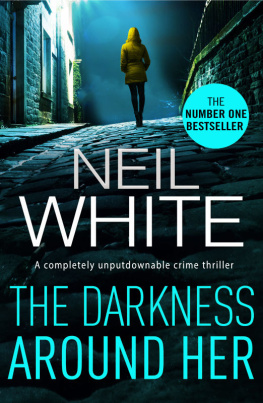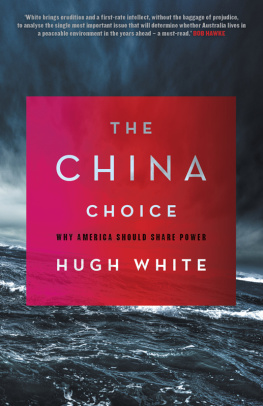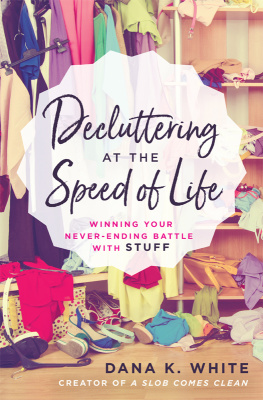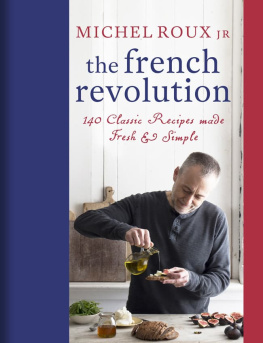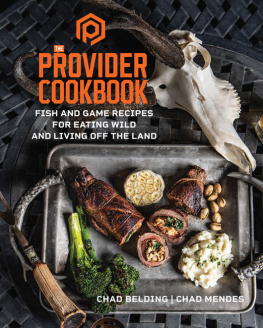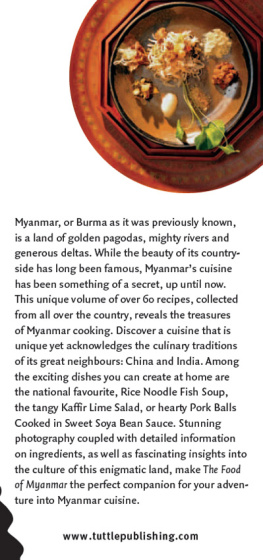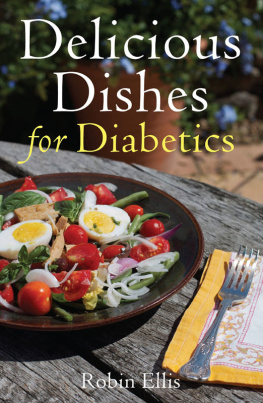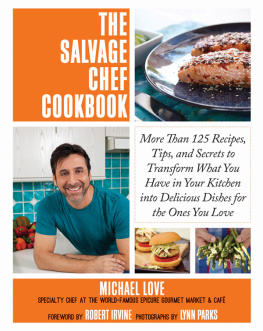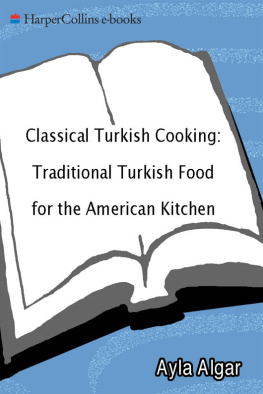contents About the Book Almost as famous for his tempers, celebrity arguments and his fast-living as he is for food, Marco Pierre White is the original celebrity chef. Since he opened Harveys in 1987, the Canteen in 1992, The Restaurant in the Hyde Park Hotel in 1993, and the Oak Room in Piccadilly in 1997, Marco Pierre White has become the most talked-about cook in Britain. His restaurant empire includes some of Londons finest eateries, including the Critereon, Mirabelle, LEscargot and Quo Vadis. His other books include The Mirabelle Cookbook (Ebury, 1999) and White Heat. Wild Food from Land and Sea contains over eighty main recipes, plus sauces, vegetables and garnishes, many of which can be made in advance. Marcos innumerable tips on adapting recipes to suit your ingredients, and his secrets of life in a professional kitchen, ensure that even amateurs will be able to serve delicious food with style and entertain with confidence.
About the Author Marco Pierre White learned his skills as the protg of Albert Roux at the famous Gavroche restaurant, before opening his own, Harveys, in Wandsworth, south-west London, in 1987. At 25 years old he became the youngest chef ever to win two Michelin stars for Harveys. In 1992 he opened The Canteen, and in 1993 his latest venture, The Restaurant in the Hyde Park Hotel, was launched and immediately gained two Michelin stars. He is now the only restaurateur in Britain to have two restaurants with these coveted awards. His previous book, White Heat, was published in 1990. introduction
Six years ago my first cookery book,
White Heat, was published. introduction
Six years ago my first cookery book,
White Heat, was published.
Since then Ive left one restaurant and have started three more, Ive gained three stars and a son, and I think Ive calmed down somewhat! My cooking has probably mellowed too, and this second book of recipes reflects this. It actually amazes me sometimes that people want to buy cookery books written by chefs, because there is such a gulf between what we do in the professional kitchen and what can be done at home. No domestic cook can ever achieve what we can because they lack the hands, the time, the facilities, the finance so theyre starting 50 yards behind. But people still seem to want to know what goes on behind the swing doors of our kitchens, they still want to know our secrets. What we are giving in our cookery books is a distillation of knowledge. No one buying this or any other chefs book is going to become a great cook overnight.
They need to learn the craft of cooking, the basic essentials, before they can start to be really creative. Once that foundation has been established, then they can start to build on it. Theres nothing really all that new in cooking you cant reinvent the wheel, after all but once you know your onions, so to speak, you can create away to your hearts content. Its enlightening to look back at some of my early menus at Harveys, for instance; there are some very simple combinations there, classics, which I obviously relied on while I was perfecting my craft. What someone buying this book will get, though, are a few of the ideas and concepts I have learned, created, borrowed or adapted during those years of acquiring knowledge. There are the old favourites here, which appear in almost every cookery book the stocks without which a sauce would not taste right, and the sauces which are the making of any dish, whether simple or elaborate.
There are also some more creative ideas, combinations which have worked well for me, and which I hope will do the same for you. People should use recipes as a guideline only (which Im sure most do anyway). Timings can vary considerably, depending on ovens, pans, cuts of meat or whatever. The way I present things with a cornucopia of garnishes may not be so easy in the domestic kitchen, but Im only recording what we do. If you want to do something different, you are of course perfectly free to do so (which is why Ive got a whole section of basic recipes which, in many cases, are virtually interchangeable). Two or three garnishes may be putting you under too much pressure, so cut it down to one.
So long as the main element of the dish the meat or fish is perfectly cooked, it should all work. For instance, you might like to roast your normal cut of beef in your usual way, but accompany it with a wonderful red wine sauce from the book instead of a gravy. If it is easier for you to poach a whole salmon instead of cutting it into escalopes or steaks, do so; served with my hollandaise, nothing could be more delicious. By making a mayonnaise to accompany a crab, and doing that well, youre already on the right road. You could forget all the extraneous detail in individual recipes, and just serve a piece of perfectly cooked red mullet with a sauce vierge. You dont even have to take the fish off the bone, but could grill it whole on the barbecue and serve a pot of the sauce at the side.
Its a case of creative thinking, and by taking it slowly, adapting and borrowing from individual recipes, youll get lots of ideas, lots of practice, and will, I hope, find it all interesting and enlightening. None of the recipes here are, in essence, very difficult. Very few restaurant recipes are, really. What makes restaurant dishes look impressive, and makes some domestic cooks think theyre beyond their scope, is what we do with them, how we present them, and how we put it all together in different concepts and combinations. One element in the book may help you in this respect. Many of the basic recipes for sauces or for accompanying vegetables or garnishes can be made in advance and chilled or frozen.
With those out of the way, so to speak, you can then concentrate on the parts of the dish that need to be achieved at the last minute. Similarly, Ive presented a few recipes as we would approach them in the restaurant kitchen, with instructions on how to cook a dish for one person only. This has a sort of dual purpose: there are a lot of single people out there who are put off by recipes for four or six; and I also think it highlights what is actually happening behind those swing doors. As I said, I can be grilling a perfect piece of fish, while someone else is doing the potatoes, yet another the sauce and the garnish. At home this could be less easy, but its not entirely insurmountable. And to serve for more than one, simply multiply the quantities.
In France, because of the different food ethos or culture, the great chefs can get away with offering a simple roast chicken, grilled sea bream with a red wine sauce, or salmon with a sorrel sauce. That cutting right through to the essentials is something Id like to do as well, but nine out of ten of my customers wouldnt understand it. There is a different mentality in Britain, and thus I have to give them more to look at on the plate, and more to actually eat. Because gastronomy is an industry in France, French chefs can present food much more simply than we can here. Id prefer not to serve anything with my salmon and tapenade, for instance, but Im in a service industry and, to a certain extent, what the customer wants and expects, I have to respect. Chefs should not really be telling people how to eat.
Weve got to compromise to be commercial. A young female food writer recently asked why chefs couldnt cook a nice plain piece of grilled fish. Well, we can and we do, but we have to dress it up for our customers. No one would be happy to pay up to 60 per head for something that could easily be cooked at home. People come to restaurants like mine for precisely the foods and dishes they cant easily get in their local shops, or are reluctant to cook themselves like lobster, langoustines, foie gras. Theres absolutely nothing wrong with a nice piece of grilled fish, but most diners want something more exciting when theyre out to have a good time.
Next page
